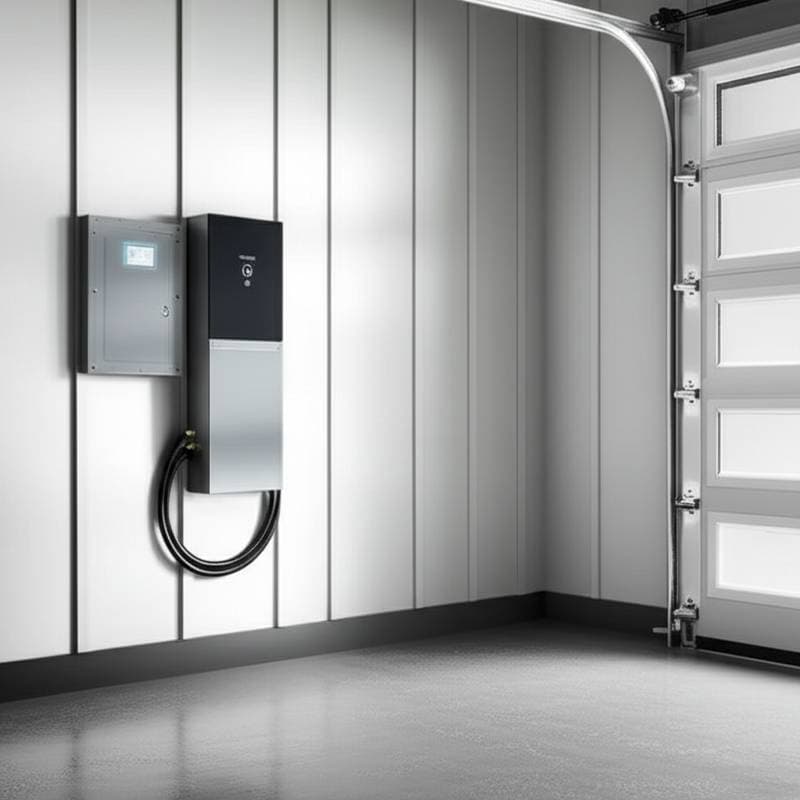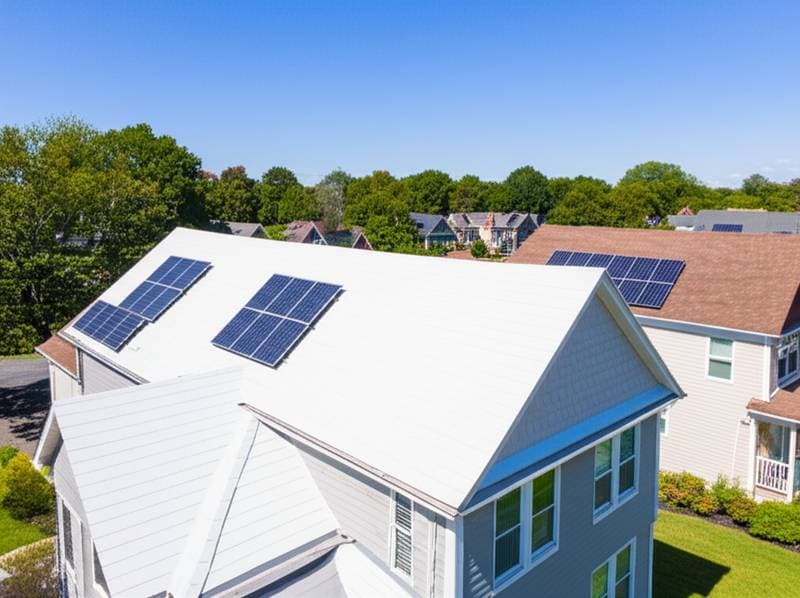Sodium-Ion Batteries Cut Solar Storage Costs Safely
Sodium-ion batteries transform residential solar storage by offering reduced costs, enhanced safety, and access to abundant materials. Although they provide lower energy density compared to lithium-ion options, these batteries deliver consistent performance, simplified regulatory compliance, and notable environmental advantages. With expanding production, sodium-ion solutions enable cost-effective, dependable power backups for solar-equipped households pursuing sustainable and standards-compliant energy autonomy.



















